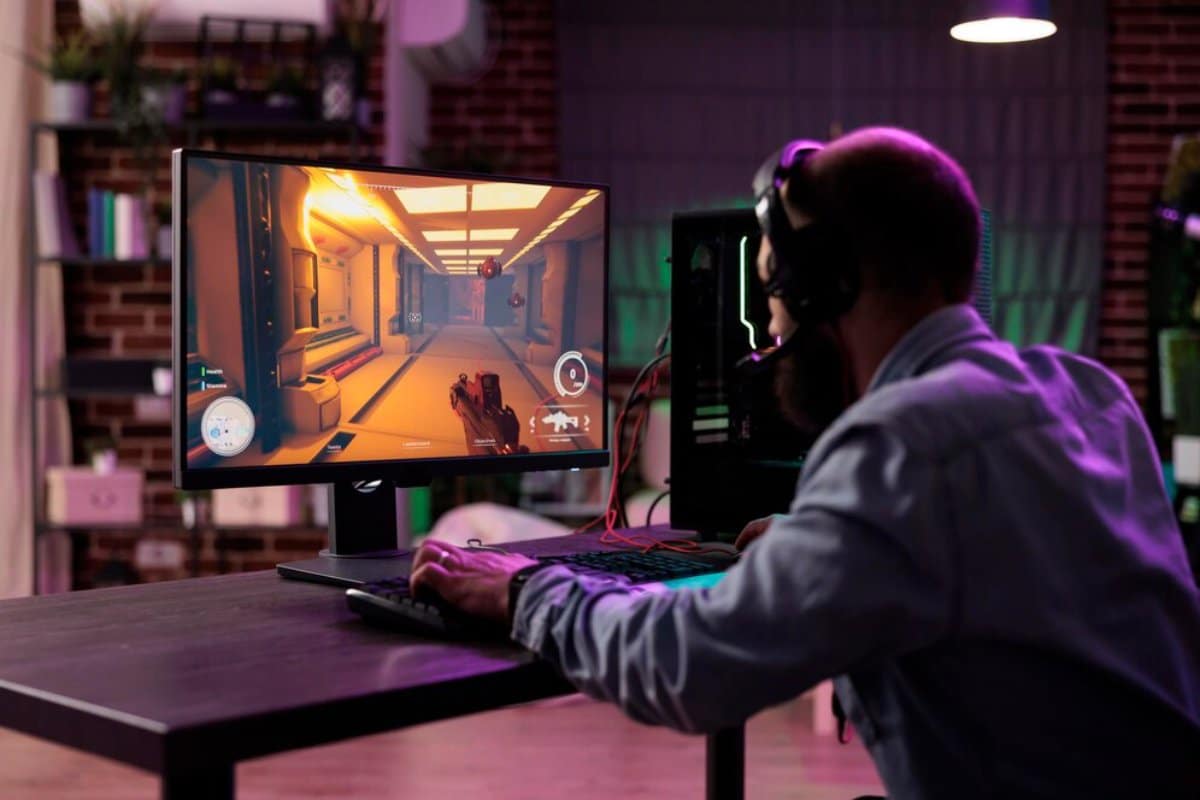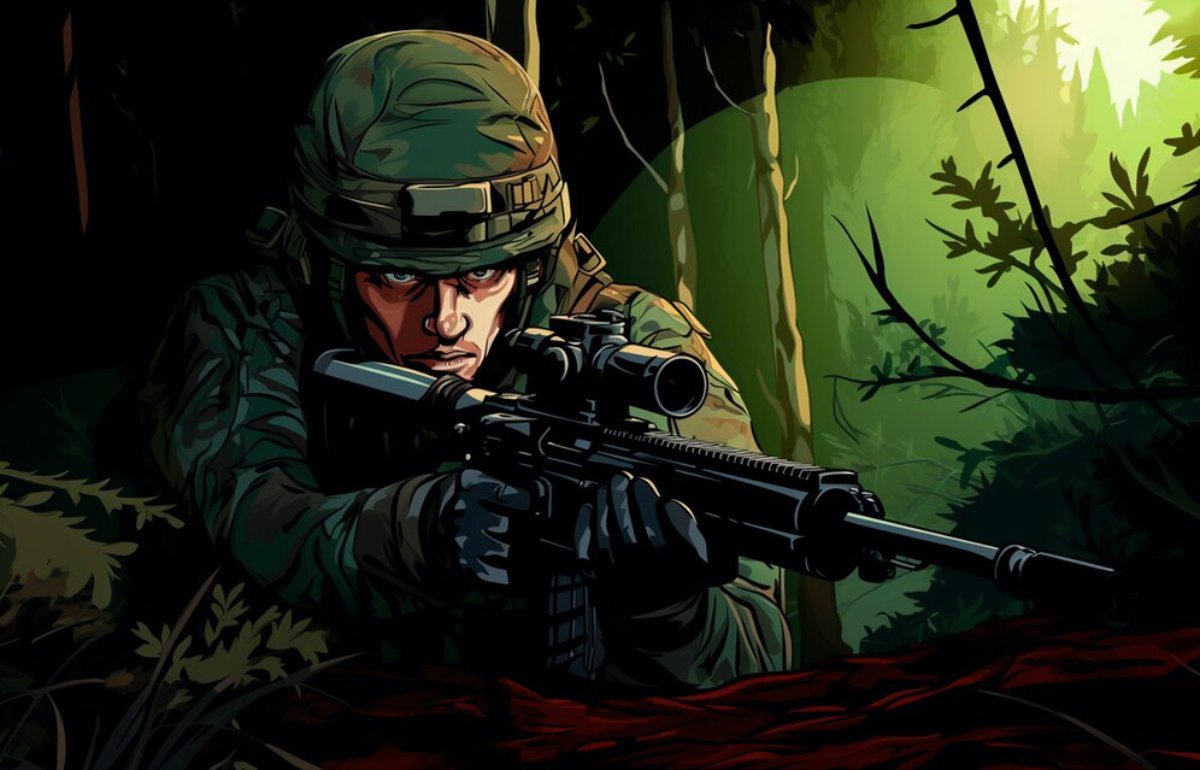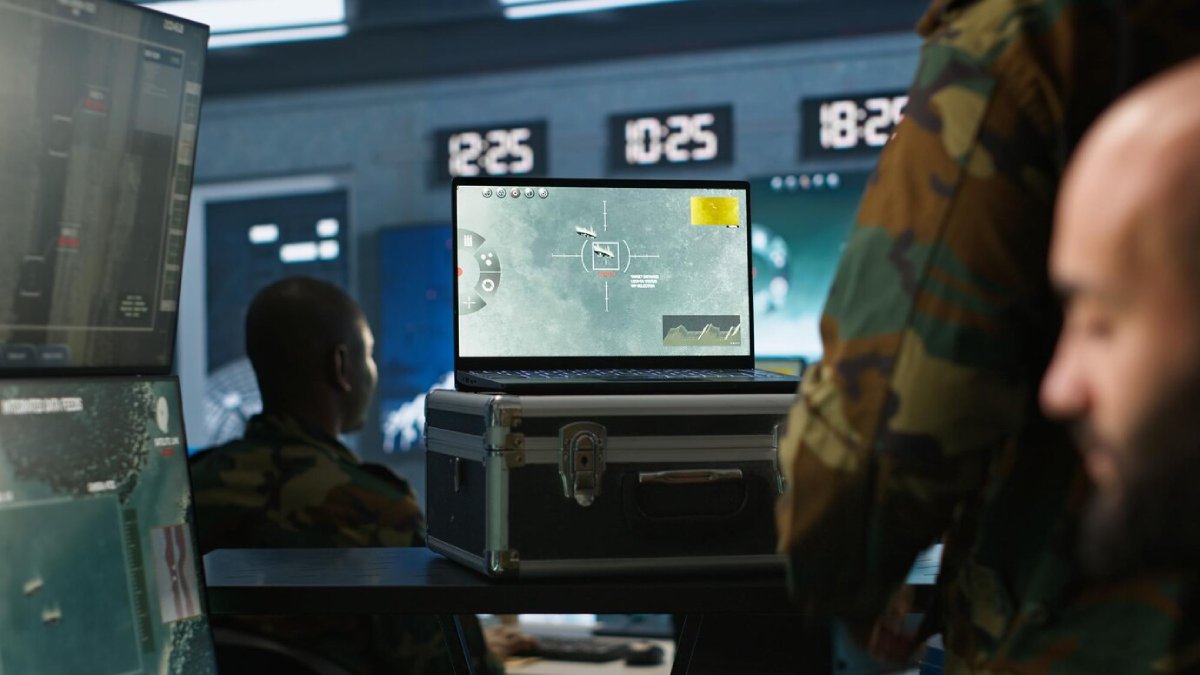
Mastering Recoil Control in Popular FPS Titles
In competitive first-person shooter (FPS) games, every shot matters. Controlling your weapon’s recoil is key. It’s a skill that can boost your game, whether in a ranked match or improving your kill/death ratio. This ability separates average players from top performers. Recoil is the backwards and upward movement of a weapon after it fires. It can significantly impact your accuracy, especially when firing for a long time.
Many new players in FPS games miss this key point. They think shooting well is just about aim. But even the best aim won’t help if your shots go wild due to uncontrolled recoil. This guide offers a clear plan for mastering recoil control in popular FPS games. It enables you to stay on target and win more firefights.
Pro Tip from Experts: Start practising with one weapon at a time in training or aim maps. Learn its exact recoil pattern before moving on to another. Focus on one tool first. Master it completely. Then, you can start to expand your skills. This approach helps you learn faster.
Quick Guide
Here’s a summarised checklist to keep in mind as you learn to control recoil:
- Pick one weapon and focus your training efforts.
- Lower sensitivity settings to find a balance between responsiveness and control.
- Memorise recoil patterns; each gun behaves differently.
- Practice burst firing and avoid spraying whenever possible.
- Train regularly using aim trainers or in-game ranges.
- Use attachments like grips and compensators to reduce recoil.
- Review gameplay footage to analyse your technique.
- Join communities or Discord servers to get peer feedback.
Important: Neglecting recoil control is a significant reason players get stuck with their aim skills. While aim trainers can improve your flicks and reaction time, they won’t fix poor recoil habits. The key is mixing mechanical skill with training, focusing on recoil patterns.

Core Concept
What is recoil? InFPS games, recoil simulates a weapon’s backwards and upward force when fired. Players must adjust to the weapon’s movement to keep their bullets on target. Each weapon has a unique “recoil pattern.” This means your aim will follow a set path when you shoot continuously.
These patterns differ significantly between games and weapons. For instance:
- In Counter-Strike: Global Offensive, the AK-47 has a steep, rightward “7” pattern.
- In Valorant, rifles like the Vandal have vertical recoil with slight randomisation.
- In Call of Duty, recoil patterns vary widely with attachment use and perks.
Understanding how each weapon behaves is essential. Some guns kick up vertically, others to the side, and some combine multiple directions. You want to “counter-strafe” or “counter-pull” this movement with your mouse or thumbstick.
Step-by-Step Guide
Here’s a tactical breakdown to master recoil control in any FPS title:
Step 1: Learn the Pattern
Fire your weapon at a wall without moving your mouse or analogue stick. Watch where the bullets land. This “spray” shows the default recoil pattern. For example, many rifles rise upward and then sway sideways. Once you know the path, you can begin training your muscle memory to move in the opposite direction as you fire.
Step 2: Adjust Your Settings
- Mouse/Analogue Sensitivity: Lower sensitivity helps make micro-adjustments easier. If your aim feels jerky, you’re likely set too high.
- DPI Settings: Most FPS pros use 400–800 DPI. Combine this with a low in-game sensitivity for best results.
- Crosshair Placement: Keep your crosshair at head height. This reduces how far you must adjust for recoil when an enemy appears.
Step 3: Practice in Training Modes
Most modern shooters offer built-in shooting ranges or support custom aim maps. Use these to:
- Fire bursts (2–4 bullets) and gradually build up to full sprays.
- Practice compensating for recoil at different ranges.
- Time yourself shooting multiple targets to develop recoil plus target-switching efficiency.
Step 4: Use Attachments to Your Advantage
In games like Call of Duty and Apex Legends, weapon attachments greatly change recoil. Use:
- Vertical grips to reduce upward recoil.
- Compensators to lessen both vertical and horizontal recoil.
- Stocks to stabilise your aim during movement.
Try different combinations in your loadouts. See what fits your playstyle best.
Step 5: Implement in Real Matches
Once you’ve trained recoil control in a safe environment, start applying it in live games:
- Use burst fire in long-range fights.
- Full-auto spray only at close range (if you’re confident in your control).
- Don’t panic. If you miss the first few shots, stop firing, reset your crosshair, and shoot again with control.
Step 6: Analyse and Improve
- Record your gameplay. Then, watch how recoil affected your shots.
- Watch pro players to see how they reset sprays, control bursts, and use attachments well.
- Get feedback from online communities such as forums and Discord groups.

Best Practices & Additional Insights
Customise Your Loadout
Tailoring your weapon to match your comfort level is crucial. If you struggle with high-recoil rifles, start with low-recoil SMGs or burst-fire rifles. Customise your weapon with attachments. These help control kickback while keeping damage and range in check.
Don’t Overcompensate
One of the most common beginner errors is pulling down too much to control recoil. This sends your shots under the target. Practice slow, gentle adjustments that match the recoil arc, rather than aggressive jerks.
Consistency Over Flash
Fancy flicks and impressive sprays may look cool, but consistency wins games. Reliable recoil control ensures you land more shots, secure more kills, and win more duels. Aim for improvement over style.
Train Like an Athlete
Your aim is a mechanical skill, like swinging a bat or shooting a basketball. Set aside 15 to 30 minutes each day to train recoil control, along with aim and movement. Over time, this “muscle memory” will become second nature.
FAQ
What is the best way to learn recoil control?
The best way is to practice using training maps and shooting walls to observe the spray pattern. Memorise this and use your mouse or joystick to compensate in the opposite direction.
Are recoil patterns random?
It depends on the game. In CS: GO and Valorant, patterns are semi-predictable. Randomness is bigger in games like Apex Legends. Still, the first few points are often predictable.
Does every weapon have the same recoil?
No. Each weapon has its own unique pattern and recoil strength. Lighter weapons, like SMGs, are easier to handle. In contrast, powerful rifles and LMGs tend to have more kick.
Can I improve recoil control with aim trainers?
Yes, especially if the trainer lets you simulate recoil patterns. Tools like Aim Lab and Kovaak’s offer recoil-focused scenarios that build muscle memory.
Conclusion: Mastering Recoil Control in Popular FPS Titles
Recoil control is one of the most critical—but trainable—skills in any FPS game. Know your weapon, adjust your settings, and use clever shooting techniques. Practice consistently. This will turn your aim from erratic to sharp.
Start with one weapon. Learn its pattern. Train your hand to move with precision. You’ll see a big boost in your aim and gameplay confidence with discipline.
Master recoil, and you master the firefight.


